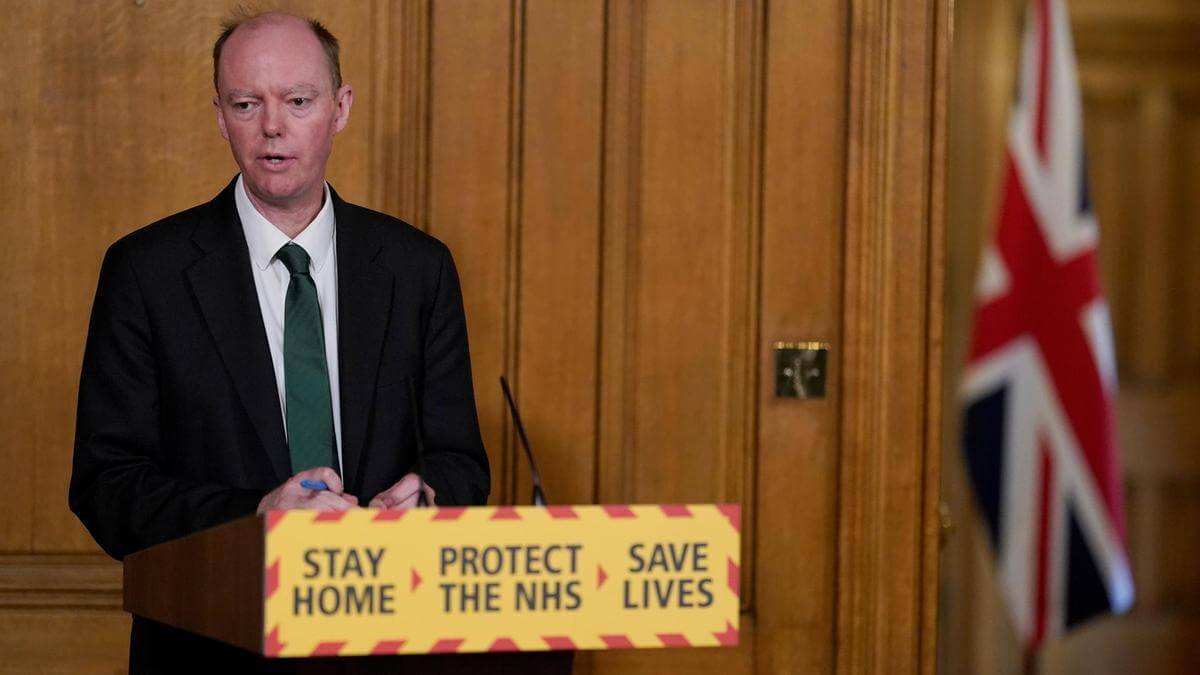England’s chief medical offer, Professor Chris Whitty, warned that social distancing measures may be required until the end of the year or at least for a “long time”. He noted that these measures are necessitated by the fact that the possibility of producing a vaccine or “effective drugs” to treat the coronavirus within the next year is “incredibly small”. Thus, he said that easing restrictions without ensuring that a second or third wave of infections cannot take place would be “wholly unreasonable”.
Additionally, Whitty urged against unbridled optimism following health secretary Matt Hancock’s announcement that the UK had reached the peak of the coronavirus outbreak and that people with non-COVID-19 related health conditions should “feel safe to seek medical care” now. The professor said that UK residents must not expect the number of coronavirus deaths to suddenly “fall away”.
Nevertheless, ministers are deliberating on how to ease restrictions, such as reopening schools or allowing small social gatherings. However, the government’s scientific advisers opine that the R value, the average number of cases spread by an infected person, must remain below one in order to avoid overwhelming the NHS.
Encouragingly, the UK government has set a target of 100,000 tests per day by the end of April, but it is unclear how this will be achieved. The UK is currently only testing 18,000 people a day. Moreover, Foreign Secretary Dominic Raab said that the UK only has the capacity to conduct 40,000 tests per day.
More worrying still, is how new analysis suggests that the true coronavirus death toll in the UK is over 40,000. While the official count stands at just over 17,000, this only accounts for those who have died in hospitals after testing positive for the virus. Figures suggest that roughly 11,000 people have died in residential care, probably from COVID-19, while several more have died in their homes.
Additionally, the coronavirus is not listed as the cause of death on many death certificates, even though it may well have been a direct or an indirect factor. This was especially true in the early days of the outbreak, when doctors were reluctant to designate the coronavirus as the cause of death as they did not yet have a complete understanding of the virus.
Social Distancing May Be Required Until End of Year, Warns England’s Chief Medical Officer
In the absence of a vaccine or effective drugs, social measures are required.
April 23, 2020

IMAGE SOURCE: ANDREW PARSONS / 10 DOWNING STREET
